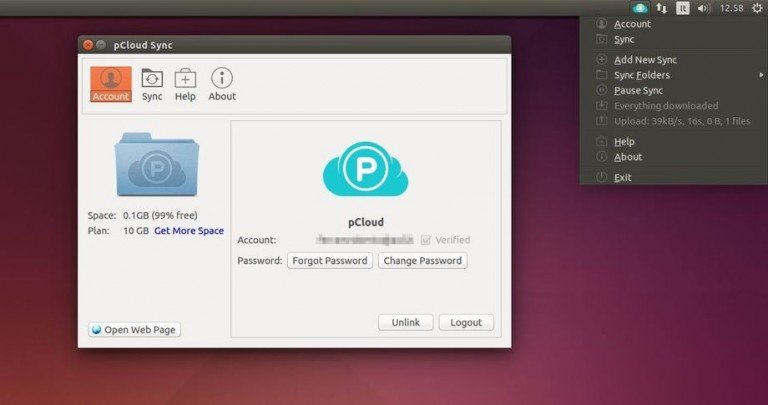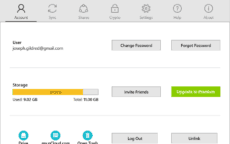

Although you don’t have to use Apache as the web server, the ownCloud developers highly recommend it over web servers like NGINX and lightHTTP. In this section, you complete the steps to install a LAMP stack on your Linode. OwnCloud requires a full LAMP (Linux, Apache, MySQL, PHP) stack. If you do not have a registered domain name, then replace with the IP address of the Linode server when following the steps in the Create an Apache Configuration File section. If you have a registered domain name that you want to point to your ownCloud instance, then use the Linode DNS Manager to point the domain to the Linode server on which you plan to install ownCloud. You may also wish to set the timezone, configure your hostname, create a limited user account, and harden SSH access. See our Getting Started with Linode and Creating a Compute Instance guides.įollow our Setting Up and Securing a Compute Instance guide to update your system. If you have not already done so, create a Linode account and Compute Instance. You install the LAMP (Linux Apache MySQL/MariaDB PHP) stack create a database and database user configure Apache and set up ownCloud using its graphical user interface. There are only a few steps to install ownCloud on Ubuntu 20.04. This tutorial walks you through the steps to install ownCloud on Ubuntu 20.04, one of the most user-friendly server operating systems available.

A mobile app for Android and iOS: Mobile apps allow you to interact with your ownCloud server, such as for syncing, uploading, downloading, and viewing files.Expansion via installable applications: From within the ownCloud Marketplace, you can install a number of official and third party applications.Viewing ODF files: You can view Open Document Format files such as.Theming: Change the look of your ownCloud instance.Drag and drop upload: Drag files from your desktop file manager to your ownCloud instance.Encryption: ownCloud protects user data in transit when it’s transmitted between client and server.



 0 kommentar(er)
0 kommentar(er)
